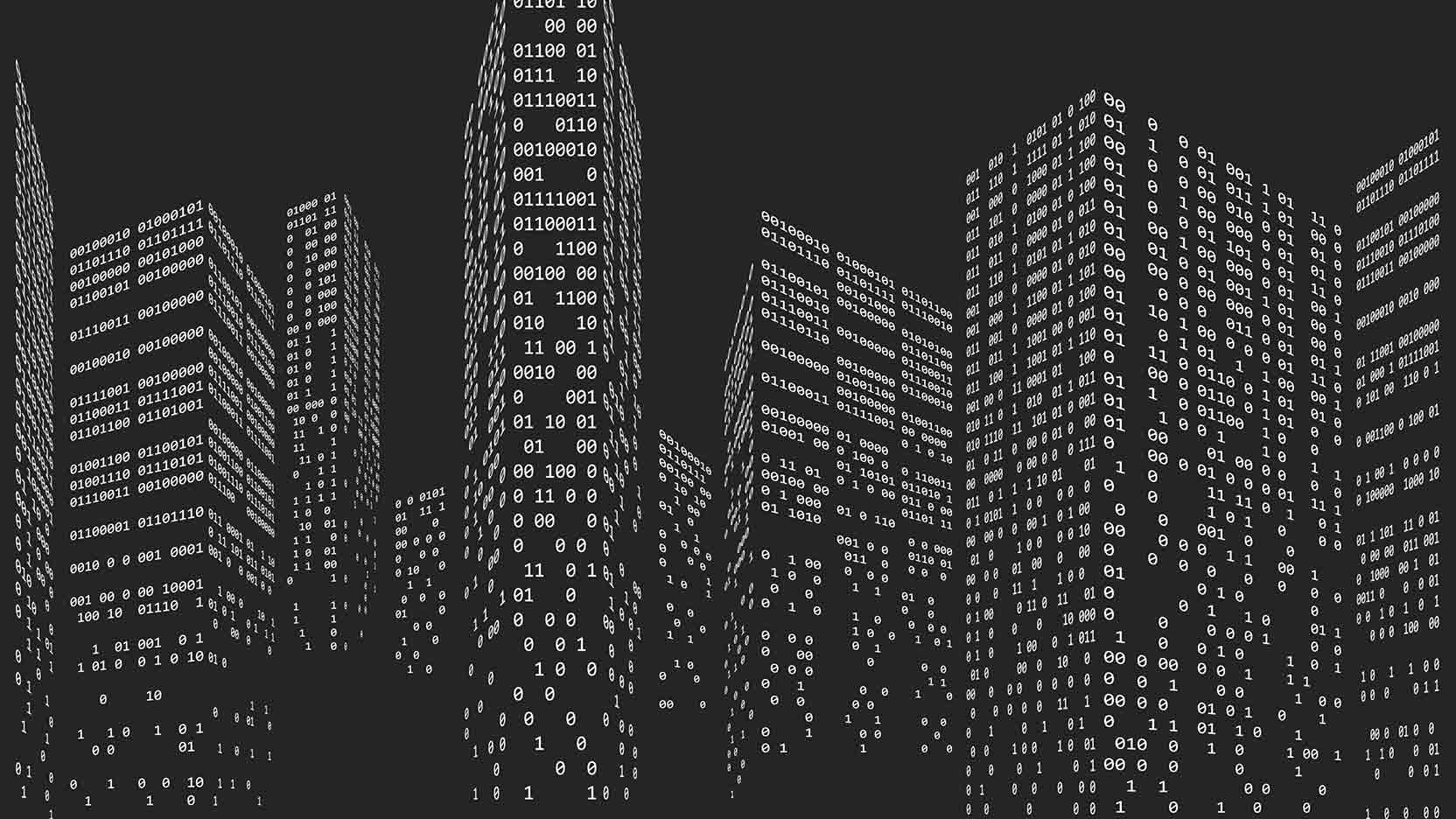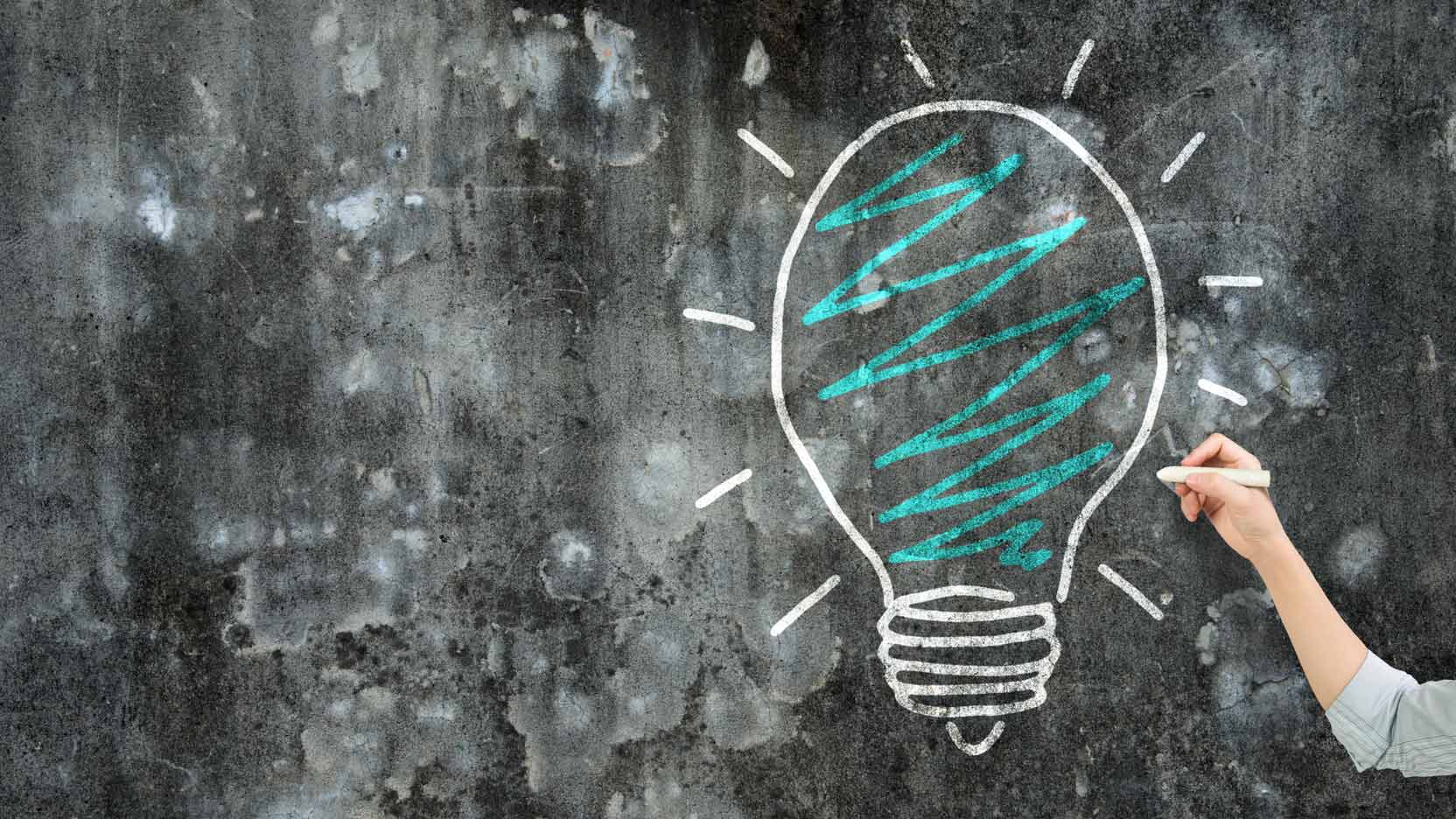Through the use of artificial intelligence, buildings are becoming autonomous entities capable of considering, producing and processing a growing quantity of data to optimize the comfort of users and energy consumption. The reality is a far cry from the anxiety of science fiction.
Myths surrounding artificial intelligence
If you want to retrace the steps of research into artificial intelligence you have to go back to summer 1956 to a lecture at Dartmouth College in the United States.
Sixty years later, the subject is still enthralling the scientific community and the general public with old fantasies being regularly updated, such as robots that resemble humans, for instance in Blade Runner and A.I., and intelligent computers that rebel against their creators, for instance 2001: A Space Odyssey and Matrix. Showing through these fantasies there is as much hope that man could surpass himself thanks to technology as there is anxiety – that one day machines will take over. And sometimes reality seems to bear out the fantasies, take for instance the sea rescue drones, or the Google computer programme that has become the latest Go world champion,or a car controlled by thoughts.
… far removed from their reality in buildings.
At Groupe GA, artificial intelligence is more than fantasy: it is added value integrated into products with functional innovations and very real advantages.
Started in 2012 in partnership with Vesta-Systemand the Institut Polytechnique of Grenoble, the research focused on the optimal processing of data from buildings. For example, at Agua, the HQ of GA, 4,000 sensors produce more than 16,000 bits of information per second on the environment of the building and the behaviour of occupiers. Galaxy Pilot software incorporates a module of artificial intelligence and processes this mass of information with a dual objective:
- optimize the comfort of occupiers (temperature regulation based on what staff use and predictive analytics),
- improve the energy use of buildings (smart networks to transfer or stock energy that is produced, presence detectors to regulate energy supply).
For Alain Maman, the GA Group’s information systems director, “These smart tools do the same thing that men do, but much faster!”. Jean-Philippe Andrieu, equipment development director at the GA Group, further explains, “They are comrades that relieve us of repetitive daily tasks and reinforce our independence.” By guaranteeing energy optimization and comfort, artificial intelligence is the best friend of the users of smart buildings – a scenario far removed from the one in Matrix!



